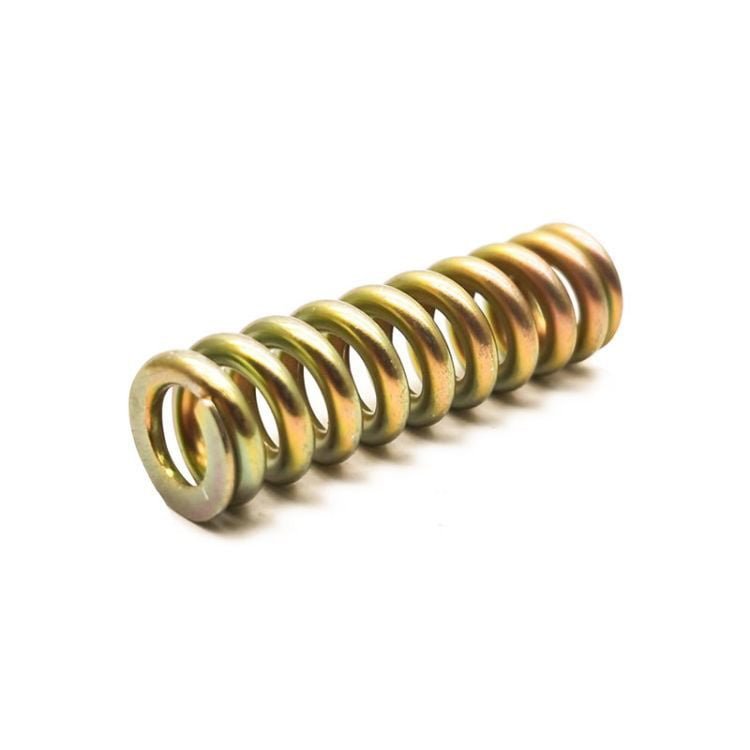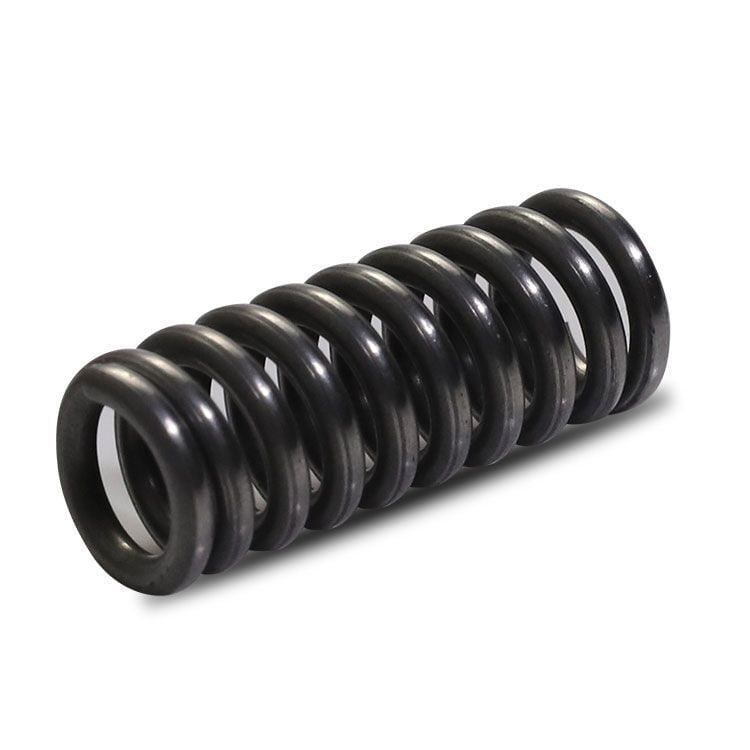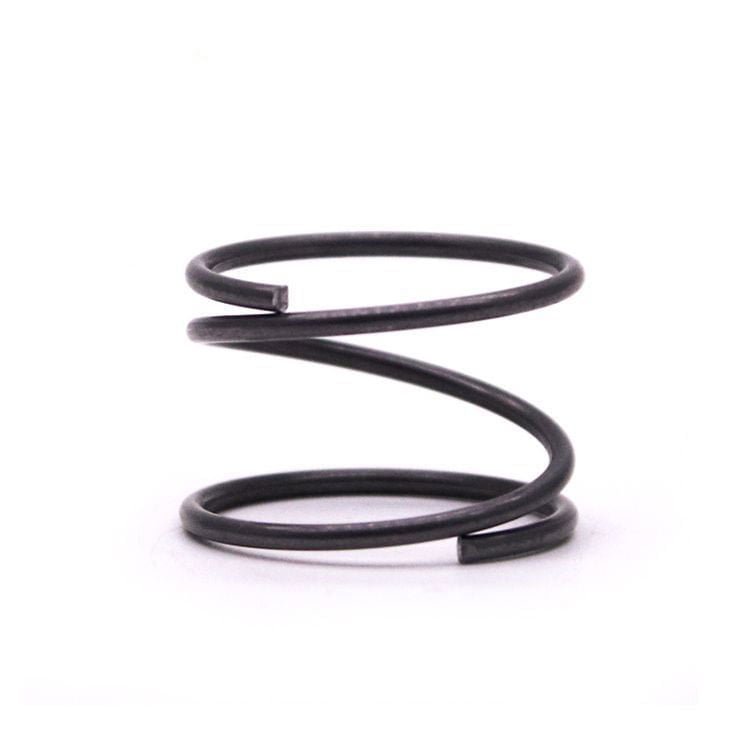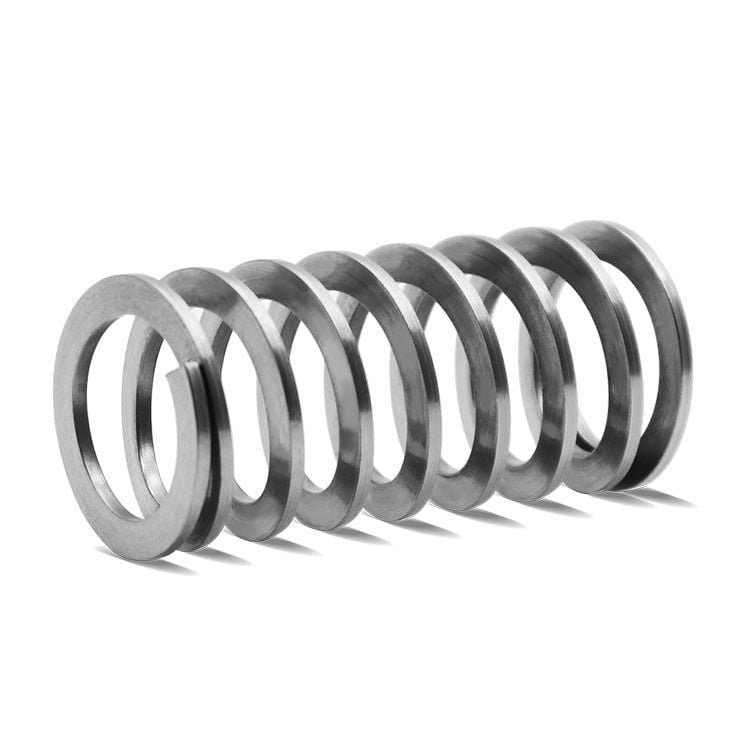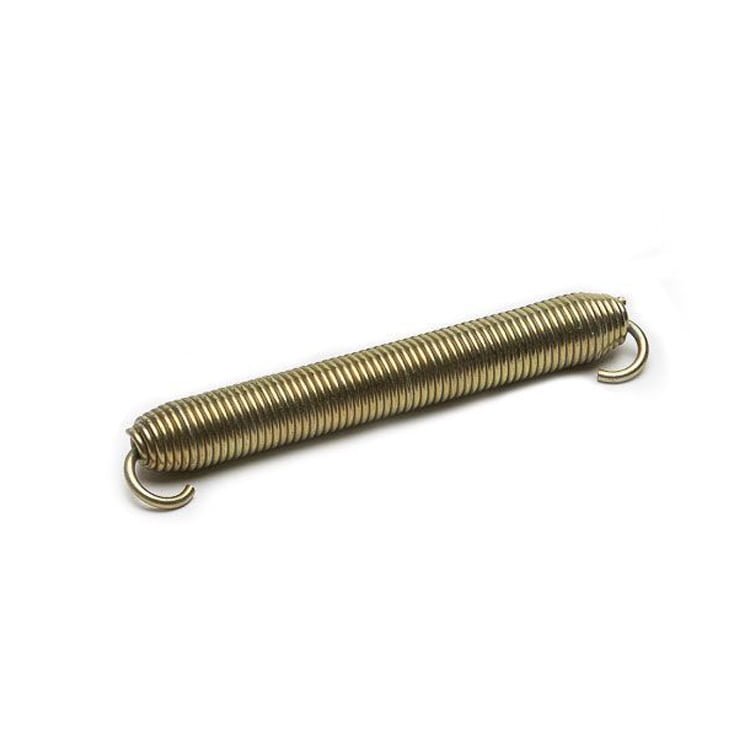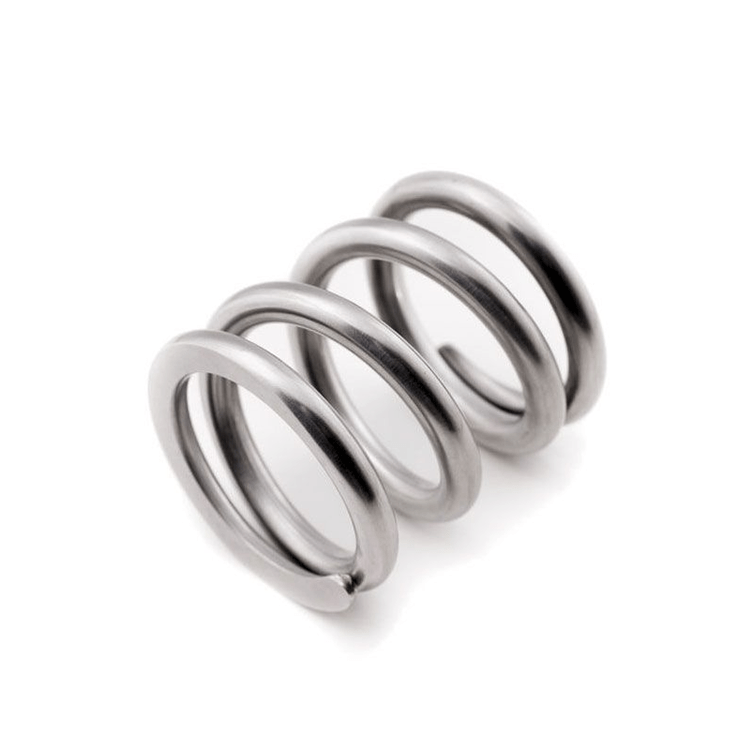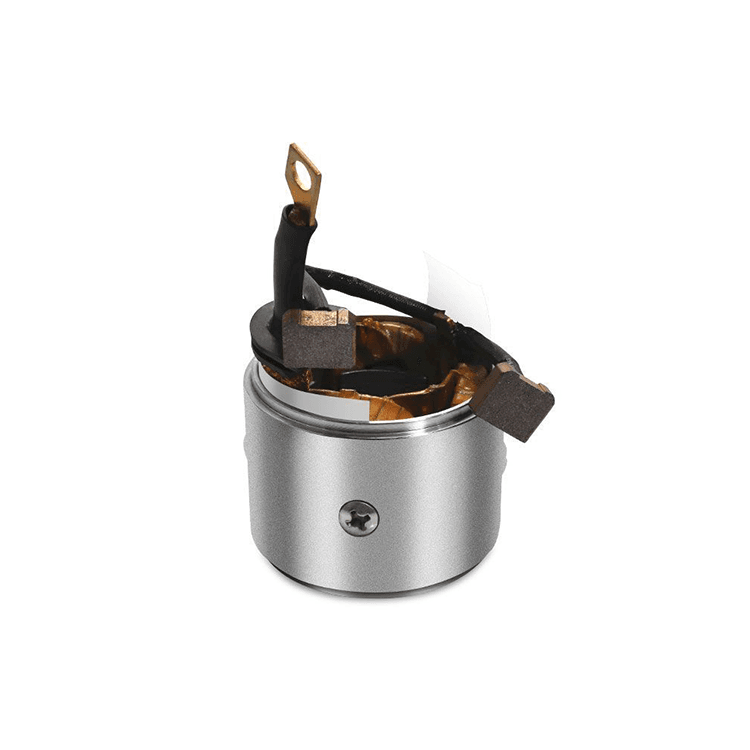Small torsion springs
Small torsion springs is a mechanical spring, the working principle is to apply torque or torsion force when twisting along the axis, the spring is supported by a metal wire wound into a spiral, the end of the metal wire is connected to the fixed point, the other end is connected to the rotation point. When the point of rotation turns, the spring stores energy by twisting, and when the rotational force is released, the spring releases and releases the stored energy.
Small torsion springs are usually tightly wound, but also have pitch to reduce friction between the coils, torsion springs can resist the force exerted by the rotation of the torsion shaft, depending on the application, torsion springs can be designed to rotate clockwise or counterclockwise, which will determine the wind direction.

The legs of the small torsion springs are configured with a variety of turns, so the torsion spring can be connected in different ways. The specifications of small torsion springs legs should be considered, including legs, leg length and leg style. Springs that are straight or parallel on the same side are considered to have 0° legs, and the increased Angle is in the direction of development. Common torsion spring designs include straight torsion spring, straight offset torsion spring, hinge torsion spring, short hook end and hook end design.
Torsion spring ends can be designed with custom bent, twisted, hooked or looped ends to meet your project needs.
Small torsion springs can provide:
90 degrees, 120 degrees, 180 degrees, 210 degrees, 270 degrees, 300 degrees and 360 degrees free leg position and straight leg choice.
What is unique about torsion springs?
- One of the unique features of a small torsion springs is that it can store and release energy through a torsional motion, while other types of springs are more commonly compressed and stretched. This torsional motion enables torsion springs to produce high torsional or rotational forces, making them ideal for applications where rotational forces are required. Examples include door hinges, garage doors, and various types of machinery.
- Another unique feature of small torsion springs is that their performance can be adjusted by changing their design parameters, such as wire diameter, outside diameter, and number of coils. This makes them highly customizable and versatile and can be tailored to the specific requirements of different applications. In addition, torsion springs are known for their high durability and long life, as they are able to withstand repeated twisting and unwinding without fatigue failure. This makes them a reliable and cost-effective choice for many industrial and consumer applications.
Mini torsion springs are carefully designed to represent the most commonly used specifications in inch and metric sizes. We can be customized according to your actual application needs, but also can provide you with a variety of spring materials, including piano wire, stainless steel and so on. They are ideal for corrosion resistance.
Miniature torsion springs terms:
- The number of effective coils: the number of coils that the small torsion springs compresses or stretches under load.
- Angular deflection: The Angle of rotation measured from the free position to the installation position, intermediate position, or final position.
- Free Angle: When the torsion spring is in the no-load position, the Angle between the arms of the torsion spring is reversed.
- Inner diameter: the inner diameter of the spring, that is, the diameter of the circle formed by the steel wire when the spring does not bear any load.
- Leg length: the length of the straight section at both ends of the spring, which is used to connect the spring to other components.
- Mandrel: the rod or shaft on which the torsion spring operates.
- Material type: The type of material used to make the spring affects the strength, durability and other characteristics of the spring.
- Maximum deflection: The maximum amount that a spring can twist before it reaches its elastic limit and begins to permanently deform.
- Outer diameter: the outer diameter of the spring, that is, the diameter of the circle formed when the wire is wound into a spiral.
- Radius: The bending radius where the load is applied to the leg. It is usually assumed that the radius is equal to 1/2 the length of the leg.
- Spring stiffness: The amount of torque applied by the spring at a given torsion Angle, usually measured in units of torque per unit Angle.
- Torque: The torsion action generated by the torsion spring is equal to the load multiplied by the distance between the load and the axis of the spring body.
- Total number of coils: The number of coils in the tiny torsion spring when there is no load.
- Wire diameter: The diameter of the wire used to make the spring, usually in inches or millimeters.










